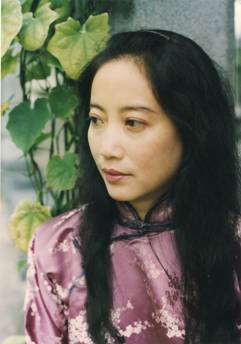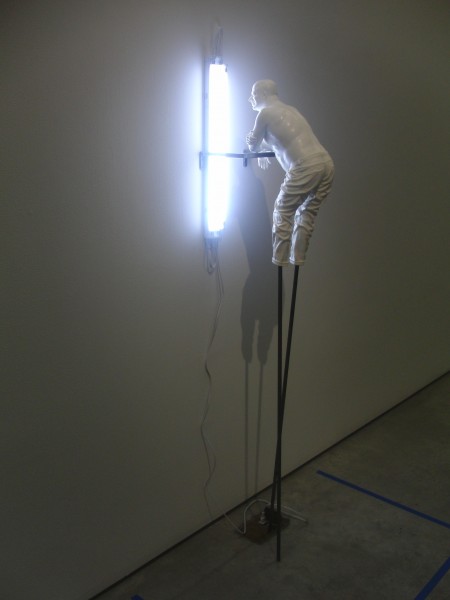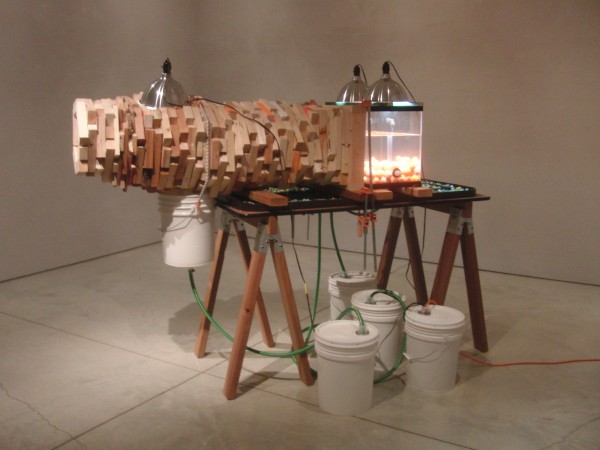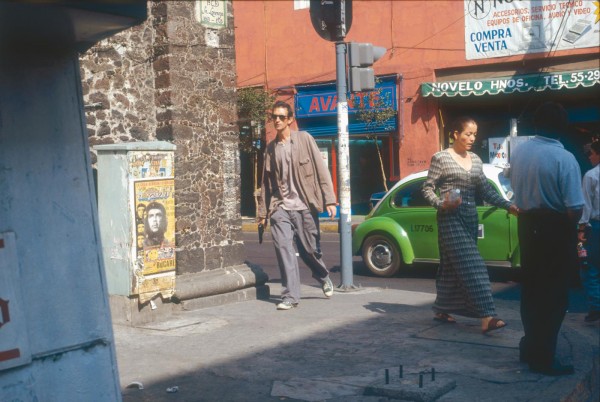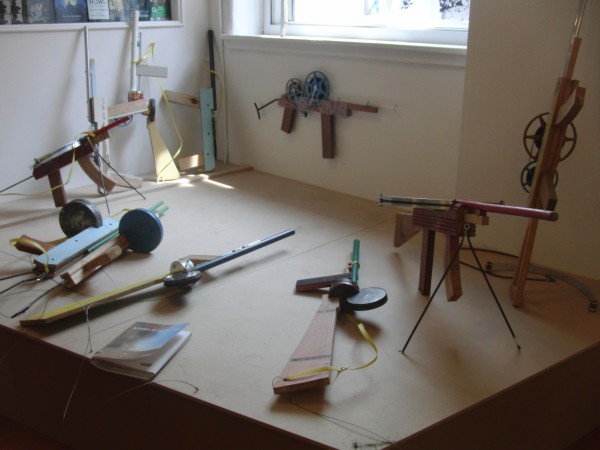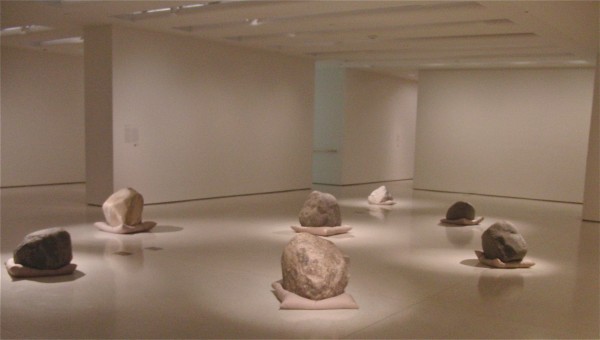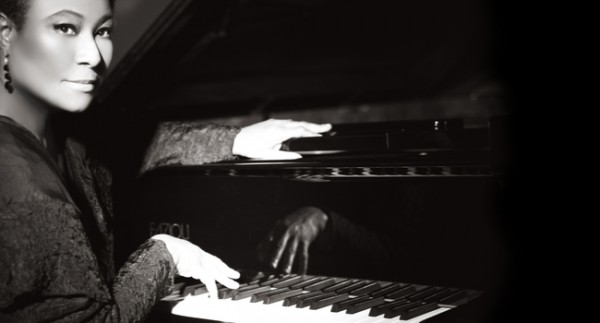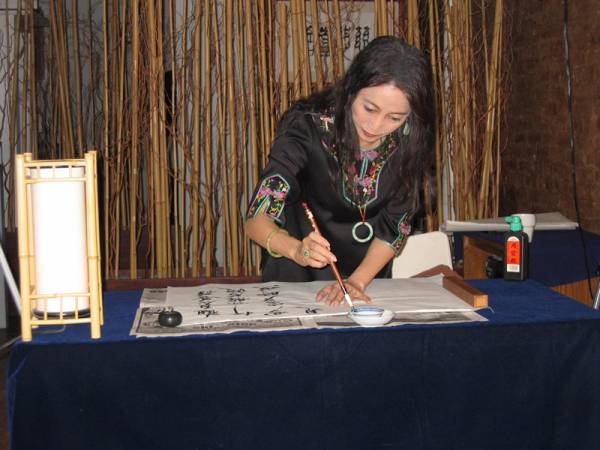
Artist, musician, storyteller, teacher, calligrapher, and novelist Mingmei Yip will help MOCA celebrate Dragon Boat Festival Family Day on July 31
DRAGON BOAT FESTIVAL FAMILY DAY
Museum of Chinese in America
215 Centre St. between Howard & Grand Sts.
Sunday, July 31, $10, 10:00 am – 5:00 pm
212-619-4785
www.mocanyc.org
www.mingmeiyip.com
Mingmei Yip’s given name means “bright and beautiful,” and it couldn’t be more appropriate for the vivacious, extremely intelligent, utterly engaging Chinese-born multidisciplinary artist, who earned her PhD from the Sorbonne and has lived in New York City since 1992. Mingmei is a journalist, lecturer, tai chi teacher, illustrator, calligrapher, painter, children’s book author, and novelist, having published three well-received tales of historical fiction, Song of the Silk Road, Peach Blossom Pavilion, and Petals from the Sky.
On Sunday, July 31, at 12 noon she’ll be at the Museum of Chinese in America for the second annual Dragon Boat Festival Family Day, telling stories and playing the traditional qin. The celebration will also include a poetry workshop with author Janet Wong, gallery tours, arts & crafts, and much more. Hard at work on her next novel, Mingmei discussed her career and dragon boats with twi-ny.
twi-ny: You have been at the Museum of Chinese in Americas for many events, at both the old and the new venues. What are your impressions of the museum’s new space on Centre St.?
Mingmei Yip: I like the new place! It is very spacious for people to look around, especially the area where they display the books and the permanent exhibition. There are also large rooms for different kinds of events, such as the calligraphy workshop I did earlier this year.
twi-ny: You are a multidisciplinary artist with a wide range of talents. How did you develop such a diverse group of interests?
MY: I am very grateful to my parents — who are unfortunately no longer in this life — who sent me to take painting and music lessons at a very young age. Unlike some children who hate to practice the piano, I loved it! Later, my love of music led me to take up an ancient Chinese stringed instrument called the qin, on which I now perform professionally. I was recently invited by Carnegie Hall to play at its Ancient Paths, Modern Voices Festival Celebrating Chinese Culture. My next concert will be at Smith College on August 8. I am also doing a few storytelling events and calligraphy workshops for children.
twi-ny: Do you get different kinds of satisfactions from each artistic discipline?
MY: I do get different kinds of satisfaction from each of my artistic activities. Now my focus is on writing my novels. My third, Song of the Silk Road, just came out. It is an adventure and love story set along China’s most fabled route with the lure of a three million dollar reward.
twi-ny: Might you be able to share any details with us about your next book?
MY: My next novel is The Skeleton Women, set in the thirties in Shanghai — the same era as my first novel, Peach Blossom Pavilion — to be published by Kensington Books in 2012. In China, femme fatales were known as skeleton women because their charm and scheme could reduce a man to a skeleton. For a susceptible man, the change from mansion to homelessness could happen in the blink of a mascaraed eye. In The Skeleton Women, the protagonist is known as a nightclub singer but is actually a spy for a powerful gangster organization trying to topple a rival gang!
twi-ny: Your novels touch on the changing sociocultural landscape of China on a very personal level. You were born in China; do you ever go back? What do you see as some of the positive changes occurring in China today, and what are some of the negatives?
MY: I go back to China very often, mainly to do research for my future novels or to play at qin events. I’m very glad to see that as China modernizes, things are clean and convenient. However, I am less happy to see the big cities occupied by foreign chains like McDonald’s, Kentucky Fried Chicken, and expensive designer boutiques.
twi-ny: You will be performing as part of MOCA’s Dragon Boat Festival Family Day. Does the Dragon Boat Festival hold any personal memories for you?
MY: The Dragon Boat Festival is to honor Qu Yuan, the patriotic poet. But what I remember from childhood is the tasty dumplings and exciting Dragon Boat races!
